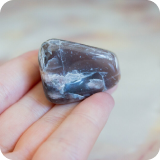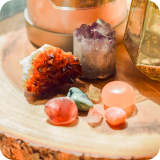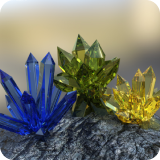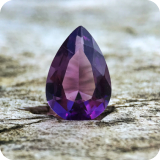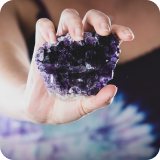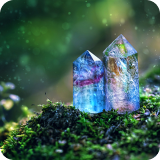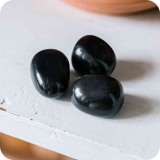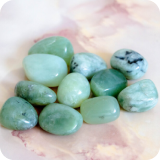- What Does Real Green Aventurine Look Like?
- How To Tell if Green Aventurine Is Real
- How To Spot Fake Green Aventurine
- Real Green Aventurine vs Fake
- How Much Is Green Aventurine Worth
- FAQs
Green Aventurine is a beautiful gemstone infamous for its shimmery sparkle. This stone is a variety of Quartz that is translucent with inclusions inside. These inclusions are usually fuchsite, a green mica made from chromium. It is these inclusions that give Green Aventurine its color.
Green Aventurine is also called Adventurine, Aventurine Quartz, and Indian Jade.
Thanks to its beauty and powerful healing properties, Green Aventurine is extremely sought after. Unfortunately, this means that there are many fake versions of this crystal on the market. Let’s look at the difference between real vs fake Green Aventurine and what you can do to find out if your specimen is legit.
What Does Real Green Aventurine Look Like?
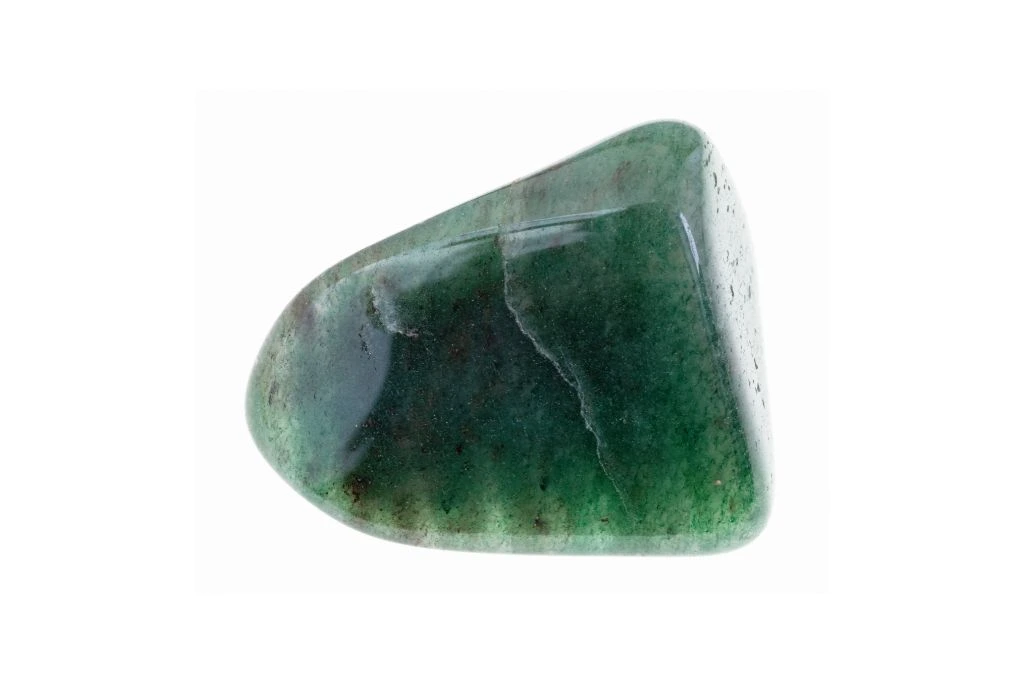
To figure out if the specimen you have is a real Green Aventurine, it is important to know the characteristics of this gemstone. Green Aventurine can come in a range of greens, from brighter tones to much darker shades. This is because the color comes from the inclusions, and more inclusions create a darker stone.
Real Green Aventurine is a form of Quartz, with its mineral inclusions creating a sparkle. This glittery sparkle is referred to as aventurescence.
Let’s look at the characteristics of real Green Aventurine:
- 7 on the Mohs hardness scale.
- Transparent.
- Commonly found in India and China.
- Inclusions can be seen in the stone.
How To Tell if Green Aventurine Is Real
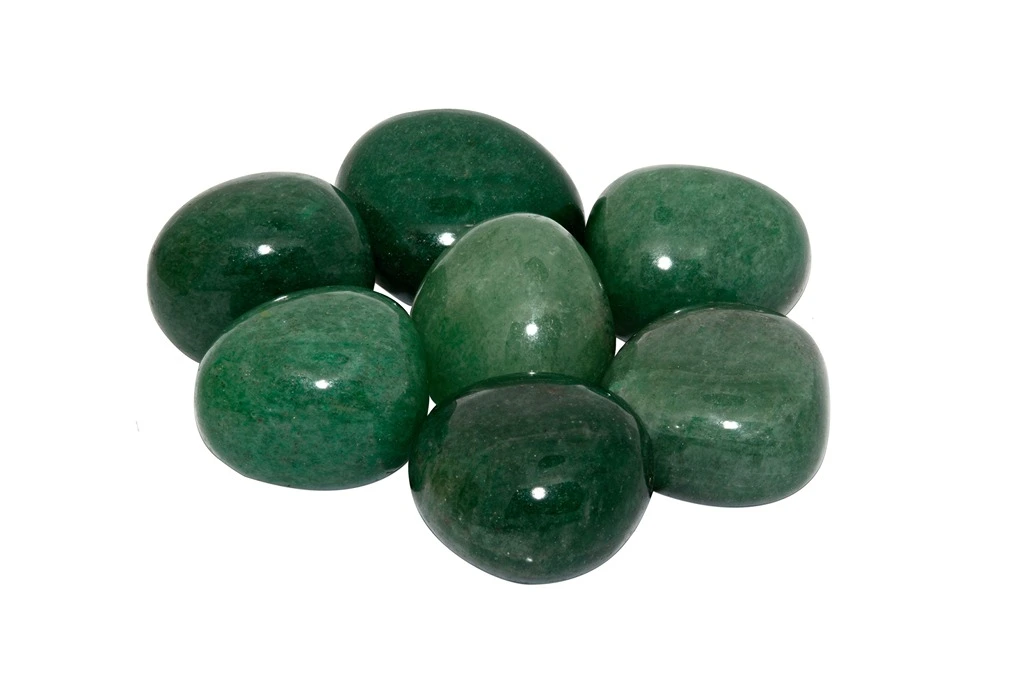
The majority of fake Green Aventurine is made out of glass. Aventurescent glass is similar in appearance to real Green Aventurine, with a sparkly appearance. Of course, it is a nice-looking specimen, but it is not Green Aventurine and should not be sold as such.
Let’s look at some tests you can try to work out if your stone is real or fake Green Aventurine.
Test 1: Quartz Test
A simple test you can perform on your stone is a Quartz test. As real Green Aventurine has a rating of 7 on the Mohs hardness scale, anything that is harder than this will leave a mark on the stone.
As a steel nail has a rating of 6.5 on the Mohs hardness scale, you can use one of these to test your crystal. Carefully drag a steel nail over the surface of your stone and see if it leaves a scratch. If it scratches, the specimen you have is not real Quartz. As a steel nail is harder than glass, it will leave a mark if your fake Green Aventurine is made of glass.
Examine the Inclusions
A way you can work out if your crystal is a real Green Aventurine is to examine the inclusions in the stone. This can be done by the naked eye, but a magnifying glass or loupe will help you see them more clearly.
Fake Green Aventurine will have well-proportioned and identical sparkly inclusions. In a genuine Green Aventurine, the inclusions will be random and uneven. There will be small and larger inclusions of fuchsite in an authentic Green Aventurine.
Examine for Dye
A source of fake Green Aventurine is dyed Quartz. If the specimen you have passes the Quartz test, yet you are unsure if you can spot inclusions, it is helpful to look for evidence of dye.
It is usually pretty obvious when a gemstone has been dyed, as any cracks in the stone will be a darker color.
Know the Origin
The majority of real Green Aventurine comes from India, and most specimens sold on the market will originally come from India.
If you are buying a Green Aventurine, make sure you check its origin. If it is not from India, think twice before buying it. Green Aventurine that comes from other countries is probably fake.
How To Spot Fake Green Aventurine
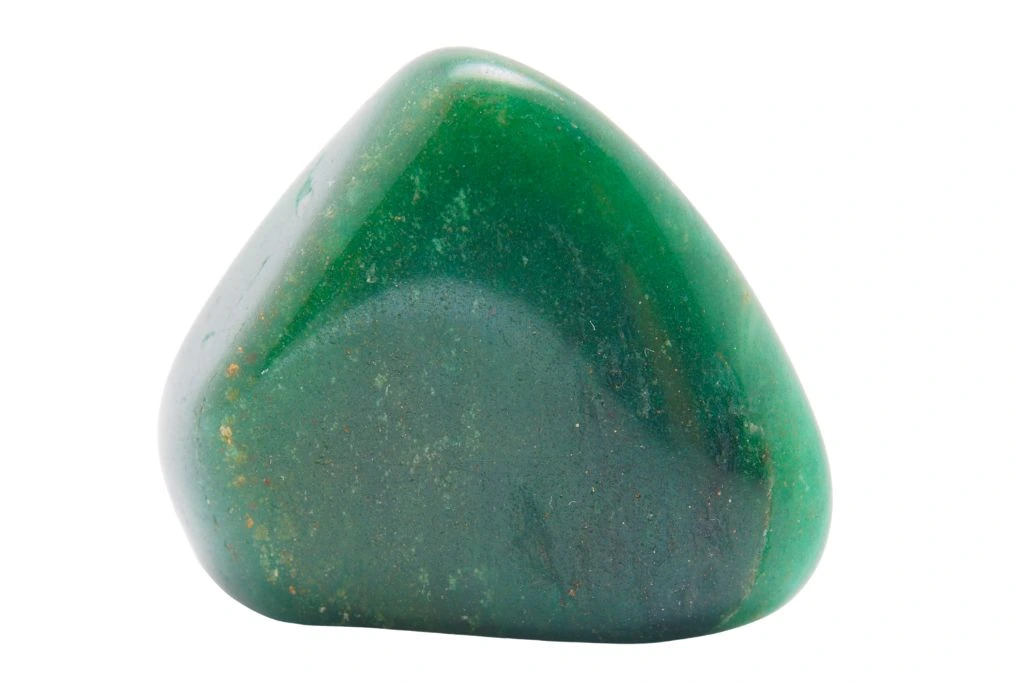
Fake Green Aventurine is usually made out of glass or dyed Quartz. Aventurescent glass is sold on the market as Green Aventurine, so it is vital to know the differences between aventurescent glass and real Green Aventurine.
Aventurescent glass is a man-made product and will be less hard than real Green Aventurine, ranking around 6 on the Mohs hardness scale.
The inclusions in aventurescent glass will be uniform, with all specks the same size and shape. They will reflect more light than real Green Aventurine, and therefore sparkle brighter. The majority of fake Green Aventurine will be tumbled with a polished finish.
Some fake Green Aventurine stones will have bubbles in them that were created in the manufacturing process. These bubbles only appear in glass. So, if your Green Aventurine has bubbles in, it is made of glass and could be fake.
Real Green Aventurine vs Fake
The key differences between real and fake Green Aventurine:
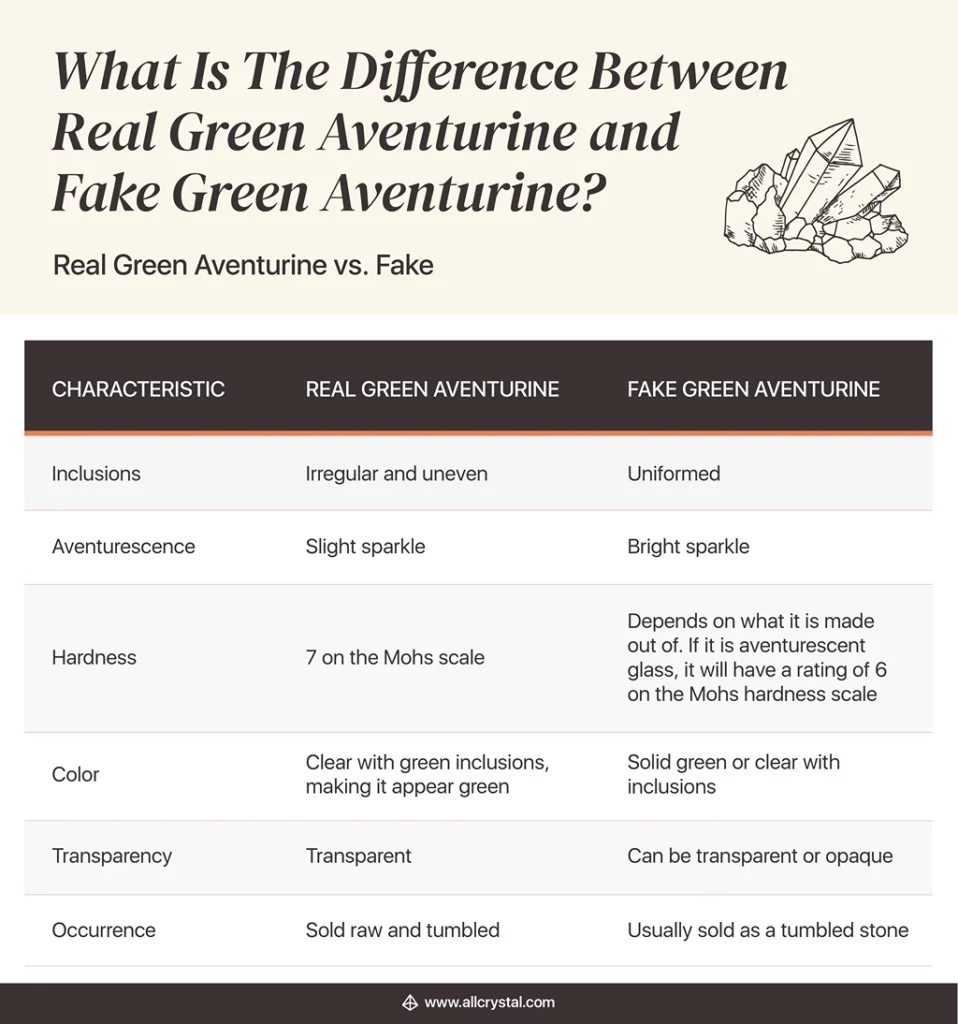
How Much Is Green Aventurine Worth
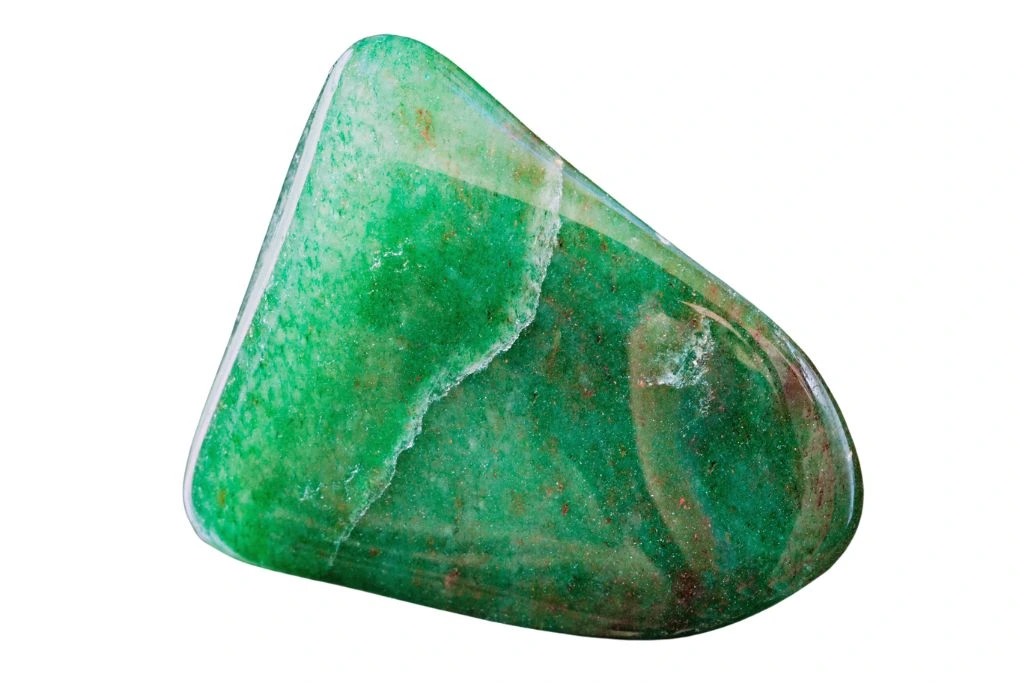
Most real Green Aventurine crystals are sold for around $3 – $4 per carat.
FAQs
- Does Green Aventurine glow in the dark?
Green Aventurine does not glow in the dark.
- Is Green Aventurine rare?
Green Aventurine is a fairly common crystal.
- Does Aventurine scratch easily?
With a rating of 7 on the Mohs hardness scale, Aventurine does not scratch easily.
- Can Green Aventurine get wet?
Yes, Green Aventurine can get wet without being damaged.
- Does Green Aventurine fade in sunlight?
If left in the sunlight for too long, Green Aventurine will fade.


